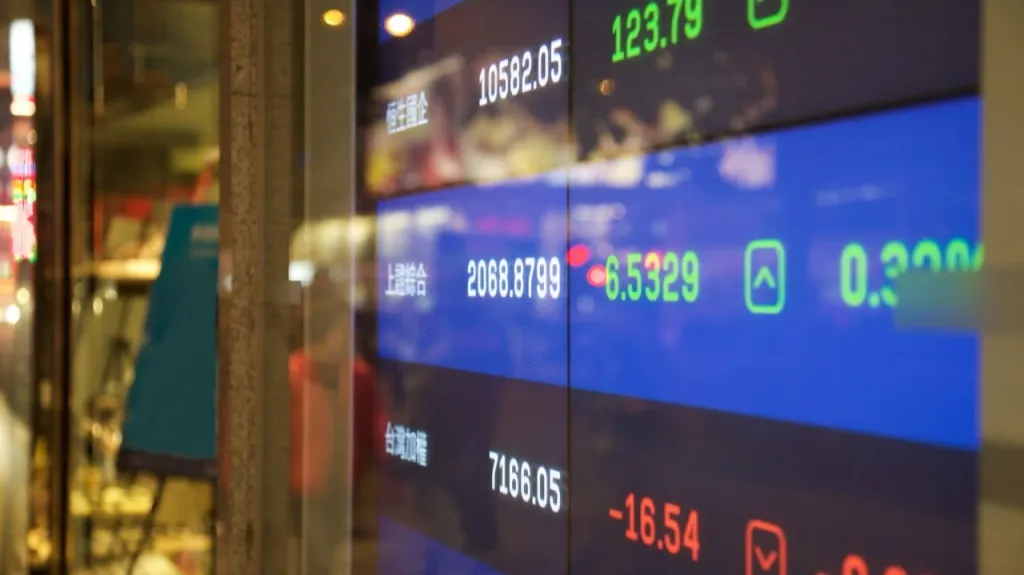China's stock index has hit a ten-year peak. What's behind it?
It's up 20% since the trade war was declared in April

China's Shanghai Composite stock index hit a ten-year high. Since the spring collapse, when the trade war was declared, it has added 20%, helped by easing trade tensions with the US, the shift of private investors from bonds to equities and the growth of insurance funds' investments in the banking sector.
Details
The Shanghai Stock Exchange index closed at a decade high on Monday, rising 0.9% to 3,728 points. Thus, it added 20% after the April sell-off, when the duties announced by U.S. President Donald Trump caused a collapse in global markets, Bloomberg calculated. Last week Trump extended the trade truce with China.
The Shanghai index has grown by 11% since the beginning of the year. The CSI 300 index, which includes the most expensive companies listed on the Shanghai and Shenzhen stock exchanges, added about 8% over the same period. The better performance of the Shanghai Composite is largely due to a larger share of banking stocks, which are actively bought by insurance funds, Bloomberg notes.
That said, the index is still far from its 2015 peaks, when a frenzy of leveraged buyouts lifted it to 5,166 points before the bubble burst, the agency recalls.
What helped the growth of the Chinese market
The rally reflects growing optimism among small investors who have accumulated near-record savings, Bloomberg explains. They are increasingly leaving bonds for stocks, as they are not expecting a new easing of monetary policy and reacting to Beijing's decision to return taxes on interest on government bonds and securities of financial institutions.
China's 10-year bond yield rose 4 basis points to 1.78% on Monday. The yield on 30-year bonds rose about 6 points to 2.11%, futures on these securities showed the largest drop since March.
According to Bloomberg, the turnover on Chinese mainland exchanges on Monday, August 18, exceeded 2.7 trillion yuan ($376 billion) - this is the second figure in history after the maximum on October 8. In the previous trading session on Aug. 15, mainland traders bought a record HK$35.9 billion ($4.6 billion) worth of shares in Hong Kong, and there has also been an increase in loans to buy shares, a sign that investors are increasingly using leverage to participate in the rally, the agency wrote. Margin debt in the stock market last week hit its highest since 2015 and is now just 10% below the record.
What's next
A decade ago, retail investors were burned by a sharp market crash when Beijing was forced to tap state funds to prop up quotations - an episode that left many with bitter memories, Bloomberg recalls. Since then, the market has repeatedly given false signals of recovery, but over the past decade, Chinese mainland stocks have lagged far behind U.S., Asian and even European indices, whose securities investors have traditionally considered laggards, the agency said. Fund managers in China are now hoping the current rally has enough supportive factors, from artificial intelligence expectations to government measures to stimulate growth.
"We are confident that the current rally has a solid foundation," said Wang Huan, a fund manager at Shanghai Zige Investment Managemen, as quoted by Bloomberg. According to him, optimism is fueled by high liquidity, the authorities' efforts to curb price wars and hopes that China's economy has bottomed out.
Context
The current rally has been part of a global rally in equities, with the U.S. and Indonesian markets hitting new records last week amid confidence in an imminent Fed rate cut, easing trade tensions and a stronger-than-expected corporate reporting season. This helped the MSCI Global Equities index to hit an all-time high, Bloomberg notes.
This article was AI-translated and verified by a human editor
